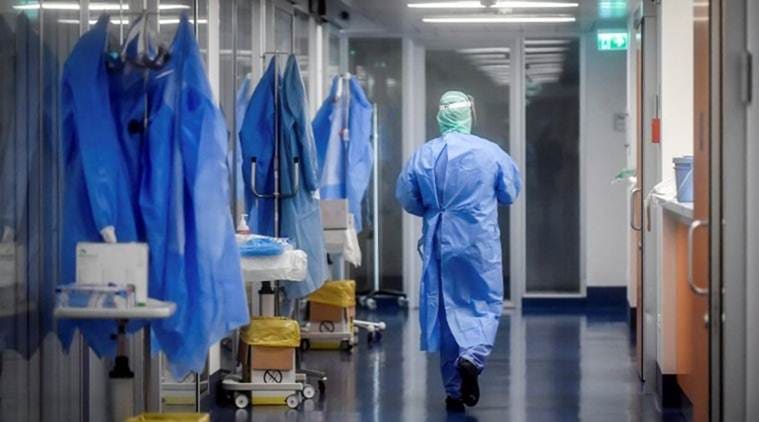 One of the manufacturers of the ventilators provided to Lok Nayak, however, insisted that the machines did have a BiPAP mode, and said it was possible the hospital had not installed them “properly”.
One of the manufacturers of the ventilators provided to Lok Nayak, however, insisted that the machines did have a BiPAP mode, and said it was possible the hospital had not installed them “properly”.
The 175 ventilators provided by the Government of India to Delhi’s Lok Nayak Hospital do not have the BiPAP mode, the hospital has informed the Directorate General of Health Services (DGHS). The hospital has asked for another 250 BiPAP machines that are equipped with this mode.
The ventilators were given to the Delhi government-run hospital out of the PM CARES Fund, the national fund for emergencies set up in the aftermath of the Covid-19 pandemic.
Bilevel positive airway pressure (BiPAP) is a non-invasive technique to supply oxygen to the lungs without intubation. The issue of the ventilators lacking the BiPAP mode was flagged by Lok Nayak in feedback given to the Director General of Health Services, Delhi, Dr Nutan Mundeja.
Lok Nayak, the city’s biggest Covid-only facility, has 2,000 beds, including 100 beds in the Intensive Care Unit (ICU), which are equipped with ventilators. The Delhi Corona app shows 59 of these beds are currently occupied. The hospital, which is in the process of setting up a 500-bed ICU facility, has received more ventilators from the Centre than any other Covid-only facility set up by the Delhi government.
“Very few patients are intubated in our hospital and we mostly give non-invasive ventilation to the patients. These (ventilators) are only invasive and can be used on only 10%-15% of patients. The usefulness of these machines is very less,” a senior doctor from the hospital said, requesting anonymity.
“Without intubation, we can provide oxygen to the patient through the nasal passage and the patient can also continue with natural breathing. The BiPAP mode provides assistance to natural breathing,” the doctor said.
Also, the doctor added, “On average, while administering high flow oxygen to a patient, the delivery rate is 40-50 litres per minute, but these ventilators (supplied by the Centre) have a maximum capacity of 25 litres.”
One of the manufacturers of the ventilators provided to Lok Nayak, however, insisted that the machines did have a BiPAP mode, and said it was possible the hospital had not installed them “properly”.
Intubation is the procedure by which a pipe, called an endotracheal tube, is inserted into the patient’s airway through the mouth so that the patient can continue to breathe with help from a ventilator. A BiPAP machine supplies pressurised air to the airways through a technique called “positive pressure ventilation”, in which the lungs are opened with air pressure.
The PM CARES Fund recently allocated Rs 2,000 crore for supply of 50,000 Made-in-India ventilators to government-run Covid-19 hospitals in all states and Union Territories. So far, 2,923 ventilators have been manufactured, of which 1,340 have been delivered to states/UTs. “The prominent recipients include Maharashtra (275), Delhi (275), Gujarat (175), Bihar (100), Karnataka (90), Rajasthan (75),” the PMO has said in a statement. A total 14,000 ventilators were supposed to be delivered by the end of this month.
Delhi’s Rajiv Gandhi Super Speciality hospital (RGSSH) has received 150 ventilators from the Centre, but is yet to install them.
Dr Suresh Kumar, medical director of Lok Nayak, said: “We have given feedback and told the authorities that we need 250 BiPAP machines since that part is not available on these ventilators. We are also forming a committee to see if we can modify the machines. The engineers will have to upgrade the equipment, how we can use it after modifying it.”
Of the 175 ventilators received by Lok Nayak Hospital, 155 have been manufactured by Mysore-based Skanray Technologies, and 20 by Delhi-based AgVa Healthcare. Prof Diwakar Vaish, co-founder of AgVa Healthcare, said: “All the ventilators are as per the technical specifications given by the government. Our ventilator has a BiPAP mode and is functioning well. It is possible that the hospital might not have installed it properly.”